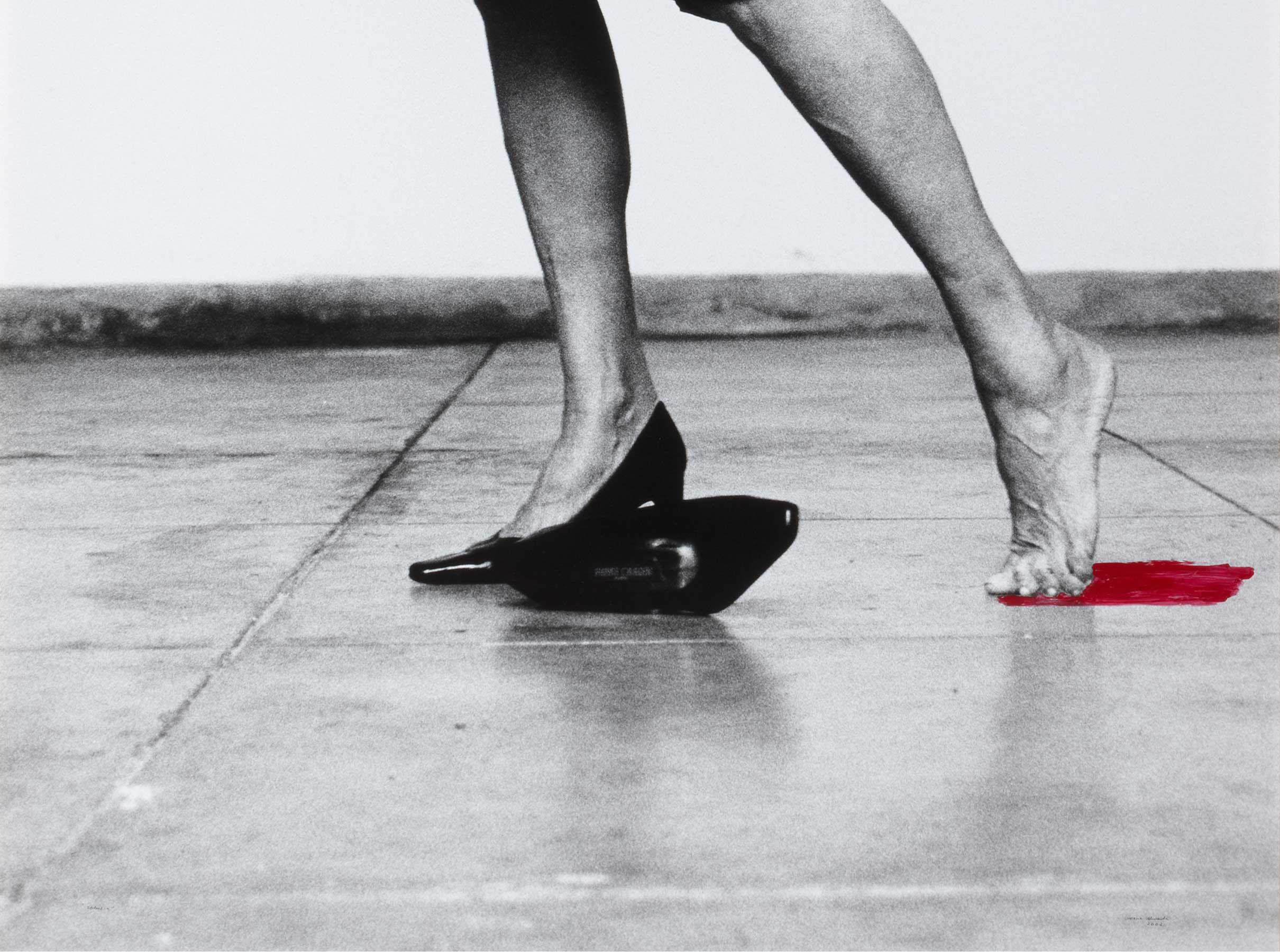Alfombra [Rug]
- 1867
- Fabric with symmetrical or Turkish knots
- 1096 x 581 cm
- Cat. A_158
- Observations: Warp: wool. Weft: wool? Knot: wool. Weaving density: 15 knots/dm
An excellent example of the magnificent rugs woven by the Real Fábrica de Tapices during the reign of Queen Isabella II of Spain (1833-1868). Its composition highlights the eclectic blend of influences that characterised decorative arts during her reign. The following marks are woven into the binding: 'Real Fca d.Tapices' and 'Livinio Stuyck MD 1867'. These certify that the rug was made at the royal works during the mandate of Livinio Stuyck y Martín as its director, near the end of the queen's reign.
The main field of the rug is decorated with a number of large, mixtlinear medallions made up of great rinceaux of golden acanthus plants. Their bright sky blue background contrasts with the immaculate white of the main field. There are also smaller rinceaux in blue which contain colourful bouquets of roses. Garlands of roses also form small medallions that serve to link the larger ones.
The main border comprises a number of diamond shapes alternating with golden fleur-de-lys stalks on a blue background. This contrasts with the bright, burgundy coloured interiors, decorated with smaller stalks, also in gold. At the corners are garlands of roses on a greenish-blue background, and the rug has a reddish, jasper-like selvedge.
The most striking things about this rug are its bright colours and its variegation, which is typical of the ornamental style of the 19th century. Alongside Rococo (the large acanthus stems) and Neoclassical elements (the garlands and bouquets of roses), the main border is reminiscent of the Empire style, but perhaps more of the storied frames used in Romantic painting and decoration. This eclectic decorative style contains hints of the designs by Amédée Couder for Aubusson rugs, though they are even more classical.
Item Nº 158 in the Banco de España Collection is woven with a standard knot density of 15 x 15/dm2, but the highlighting of the stalks and flowers is truly excellent, showing it to be the work of highly skilled weavers. The bright blues, greens and golds on some parts of the rug could only have been produced by expert wool dyers using natural dyes (as used at the Real Fábrica de Tapices up to around 1915). Elsewhere, however, the colours are markedly duller and more faded. As explained below, this is because the rug was extended well after the turn of the 20th century. Fortunately, the two original ends of the rug were maintained (with the marks woven into one end) and an extension was added in the middle to increase its length by around one third. This entailed adding the central medallion with the roses to the design.
The Historical Archives of the Real Fábrica de Tapices contain a magnificent cartoon (552 ALF) with a quarter sketch of what must have been the pattern for the original rug.
Other works by Royal Tapestry Factory

![Alfombra [Rug]](/f/webca/INF/assets/img/fff.png)